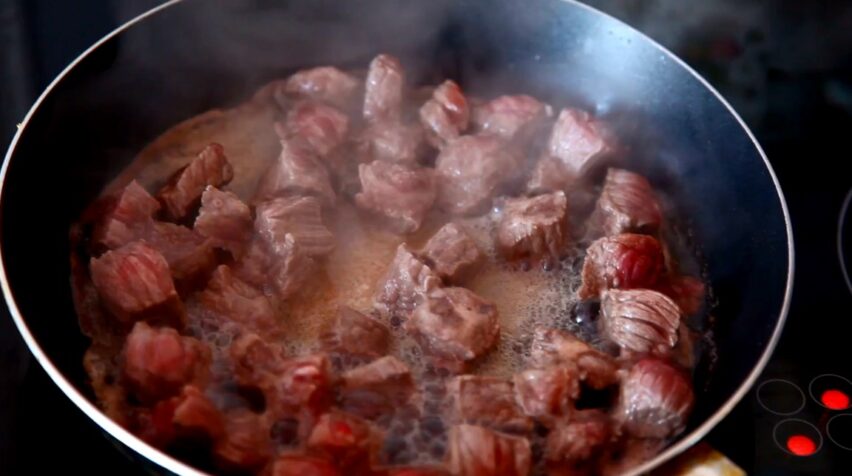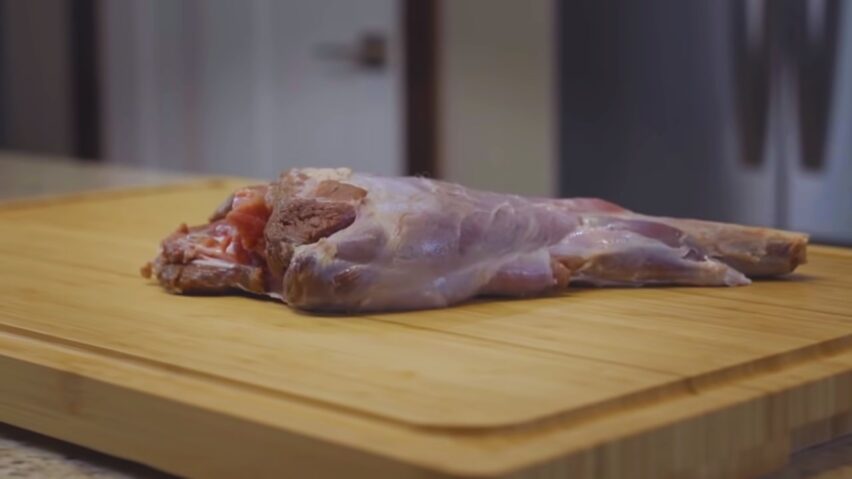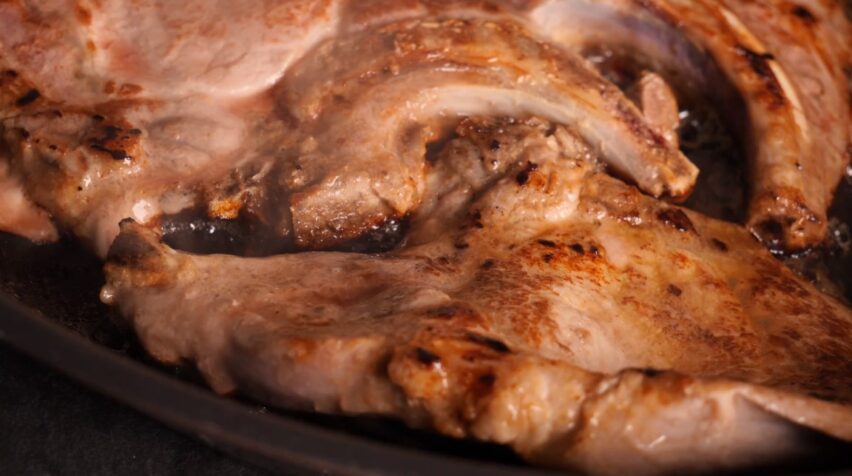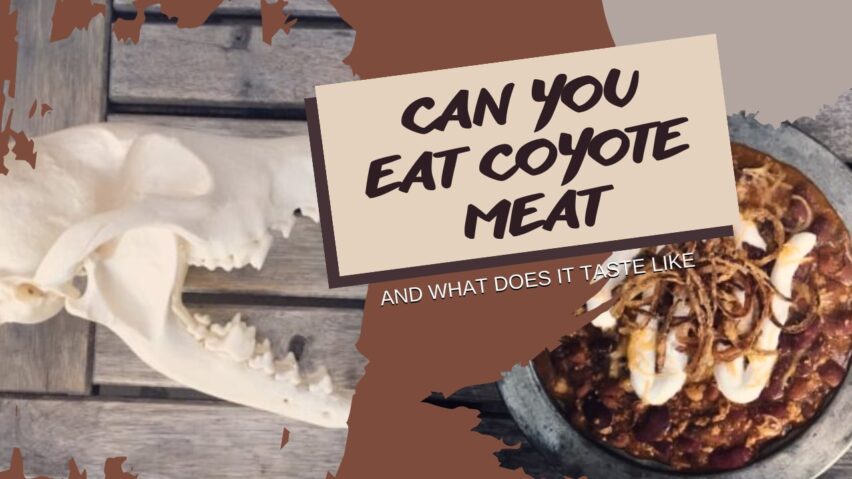The culinary world is full of exciting and unique flavors, with many chefs and adventurous eaters constantly on the hunt for the next big taste sensation. Among the many intriguing and lesser-known types of meat out there, coyote meat is one that has recently garnered attention.
But can you eat it, and what does it taste like? In this article, we delve into the world of coyote meat, exploring its history, taste, nutritional benefits, and ethical considerations, while also providing tips on how to prepare and cook it safely.
A Brief History of This Meat in Cuisine

Indigenous culinary traditions
Coyote meat has a long history in the diets of indigenous peoples across North America. Native American tribes, such as the Navajo and Apache, have been known to consume this meat as a valuable source of protein, often using every part of the animal to minimize waste.
In their culinary traditions, coyote meat was typically roasted or stewed, with some tribes considering it a delicacy.
Coyote meat in modern times
While this meat may not be as common today, it is still consumed by some hunters and adventurous eaters. The rise of the farm-to-table movement and a growing interest in sustainable and local food sources have also contributed to the resurgence of coyote meat in niche culinary circles. However, it remains a rare and unusual ingredient in most kitchens.
The Taste and Texture of Coyote Meat

Taste profile
The taste of coyote meat is often described as being similar to other wild game meats, with a distinct flavor profile that sets it apart from domesticated animals like chicken, pork, or beef. Its taste is typically rich, earthy, and slightly gamey, with a hint of sweetness.
The exact flavor can vary depending on the animal’s diet, age, and habitat, as well as the preparation and cooking method used.
Texture
Coyote meat is lean and relatively low in fat, which gives it a firm texture that can be somewhat chewy if not prepared correctly. When cooked properly, the meat becomes tender and succulent, with a satisfying mouthfeel that can be enjoyed by even the most discerning palates.
Nutritional Benefits and Health Concerns

Nutritional benefits
Coyote meat is a nutrient-dense food, high in protein and low in fat, making it an excellent source of lean protein for those looking to incorporate more game meats into their diet. It is also rich in essential vitamins and minerals such as iron, zinc, and B vitamins, which contribute to overall health and well-being.
Health concerns and safety precautions
As with any wild game, there are potential health concerns associated with consuming coyote meat, including the risk of parasites and diseases like trichinosis or tularemia. To minimize these risks, it is essential to handle and cook the meat properly, ensuring it reaches an internal temperature of at least 165°F (74°C) to kill any harmful bacteria or parasites.
Ethical Considerations

Hunting regulations and sustainability
Hunting coyotes is legal in many parts of the United States, with each state having its own set of regulations and seasons. Hunters should familiarize themselves with these rules and adhere to them to ensure the sustainability of the coyote population.
Additionally, many hunters advocate for responsible and ethical hunting practices, which include quickly and humanely dispatching the animal and using as much of the carcass as possible to minimize waste.
Public perception
The consumption of coyote meat can be a divisive topic, with some people expressing concern about the ethics of eating an animal that is often vilified as a predator or nuisance.
However, others argue that eating it can be a sustainable and responsible choice, as these animals are abundant in many regions and can have a negative impact on other wildlife populations if their numbers are not managed. It is essential to consider these perspectives and make informed decisions based on individual values and beliefs.
Preparing and Cooking Coyote Meat
Cleaning and processing
Proper handling and processing of this type of meat are crucial for ensuring its safety and quality. After the animal has been humanely dispatched, it should be gutted, skinned, and cooled as quickly as possible to prevent the growth of bacteria. Carefully remove any visible fat, sinew, and connective tissue, as these can contribute to a strong or unpleasant flavor.
Moreover, the choice of your hunting equipment, especially the arrows for your compound bow, can significantly influence the quality of the meat you obtain. Understanding the essentials of arrow selection can help you improve your hunting efficiency and the quality of your game.
Aging
Aging coyote meat can help to tenderize it and improve its flavor. This process should be done in a clean, temperature-controlled environment, with the meat hanging for approximately 7-10 days at a temperature between 34-37°F (1-3°C).
Cooking methods
Coyote meat can be prepared in various ways, including grilling, smoking, braising, and slow cooking. Due to its lean nature, it is important to use moist heat cooking methods or add fat (such as bacon) to prevent the meat from drying out. Marinating the meat for several hours or overnight can also help to tenderize it and enhance its flavor.
Recipe ideas
Coyote meat can be used in a variety of dishes, from traditional Native American stews to more contemporary preparations. Some popular recipe ideas include:
- Coyote tacos: Slow-cook the meat with spices, onions, and peppers, then shred and serve in warm tortillas with your favorite toppings.
- Coyote chili: Brown the meat and combine it with beans, tomatoes, and a blend of spices for a hearty and flavorful chili.
- Smoked coyote: Brine and smoke the meat, then serve with a tangy barbecue sauce and your favorite sides.
Frequently Asked Questions

1. Is it legal to hunt and eat coyotes?
Hunting them is legal in many parts of the United States, with each state having its own set of regulations, seasons, and bag limits. Before you go hunting, familiarize yourself with your state’s laws to ensure compliance. As for eating coyote meat, there are no specific laws prohibiting its consumption. However, proper handling, preparation, and cooking are crucial for safety.
2. Can you get sick from eating coyote meat?
As with any wild game, there are potential health concerns associated with consuming coyote meat, including the risk of parasites and diseases like trichinosis or tularemia. To minimize these risks, handle and cook the meat properly, ensuring it reaches an internal temperature of at least 165°F (74°C) to kill any harmful bacteria or parasites.
3. How do you store coyote meat?
After processing, this meat should be properly wrapped and stored in a refrigerator or freezer. Fresh meat can be refrigerated for up to 3-5 days, while frozen meat can last up to a year if stored at 0°F (-18°C) or below. Always thaw frozen meat in the refrigerator, never at room temperature.
4. What is the best way to tenderize coyote meat?
Aging the meat for 7-10 days in a temperature-controlled environment (34-37°F or 1-3°C) can help tenderize it and improve its flavor. Marinating the meat for several hours or overnight with acidic ingredients, such as vinegar or citrus juice, can also help to tenderize it.
5. Can I use coyote meat as a substitute for other game meats in recipes?
Yes, it can often be substituted for other game meats in recipes, such as venison, elk, or rabbit. Keep in mind that it has its own unique flavor profile, so the taste of the dish may be slightly different when using coyote meat.
6. Are there any specific spices or seasonings that pair well with coyote meat?
It pairs well with a variety of spices and seasonings, including garlic, onion, cumin, paprika, chili powder, oregano, thyme, and sage. Experiment with different combinations to find the flavors that best suit your taste preferences.
7. Is it safe to eat coyote meat raw or undercooked?
No, it is not. To ensure safety, cook the meat to an internal temperature of at least 165°F (74°C) to kill any harmful bacteria or parasites that may be present.
Final Words
Coyote meat is an intriguing and lesser-known option for those looking to explore the world of wild game. With a unique flavor profile and nutritional benefits, it can be a delicious and sustainable choice when prepared and cooked correctly.
As with any food, understanding the ethical considerations and potential health concerns is important, as well as adhering to responsible hunting practices. If you are willing to put in the effort to source, prepare, and cook coyote meat, you may be rewarded with a surprising and satisfying culinary experience.

